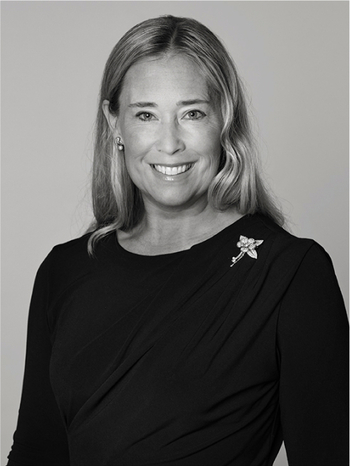A set of four kesi panels depicting Xiwangmu and the daoist Immortals, late Qing dynasty.
Four panels wowen in bright colours with elaborate figure scenes depicting Xiwangmu, Queen Mother of the West riding a phoenix, below her on the other panels we see Sholaou and of the Eight Daoist Immortals waiting on a terrace lapped by the waves of the sea to offer birthday felicitations to Xiwangmu. Each panel measure 43x197 cm. Laid on a silk ground. Measure with frame each panel 50x214 cm.
Damages, wear.
Alkuperä - Provenienssi
Property of a private collector.
Näyttelyt
Compare two kesi scrolls of similar design, one from the Palace Museum, Beijing, illustrated in Huang Nengfu, Chūgoku kinuorimono zenshi. Nanasennen no bi to waza. [Complete history of Chinese textiles. Skill of seven thousand years], Tokyo, 2015, pl. 9-122; the other from the Liaoning Provincial Museum, illustrated in Jinxiu luoyi qiao tianxia / Heavens' Embroidered Cloths. One Thousand Years of Chinese Textiles, Hong Kong Museum of Art, Hong Kong, 1995, cat. no. 119. Compare also a related example in the Nanjing Museum and with slightly different arrangements, illustrated in Huang Nengfu, op. cit., pl. 9-118.
Muut tiedot
Kesi weaving was widespread throughout the Qing dynasty, particularly during the Qianlong Emperor's reign. The textiles produced through kesi weaving were utilized as clothing, fans, screens, and scrolls. This particular kesi scroll depicts a group of immortals offering birthday felicitations to the Queen Mother of the West (Xiwangmu), symbolizing an auspicious blessing. Pieces like this could have been commissioned as birthday gifts for esteemed senior members of prominent families.





























































































